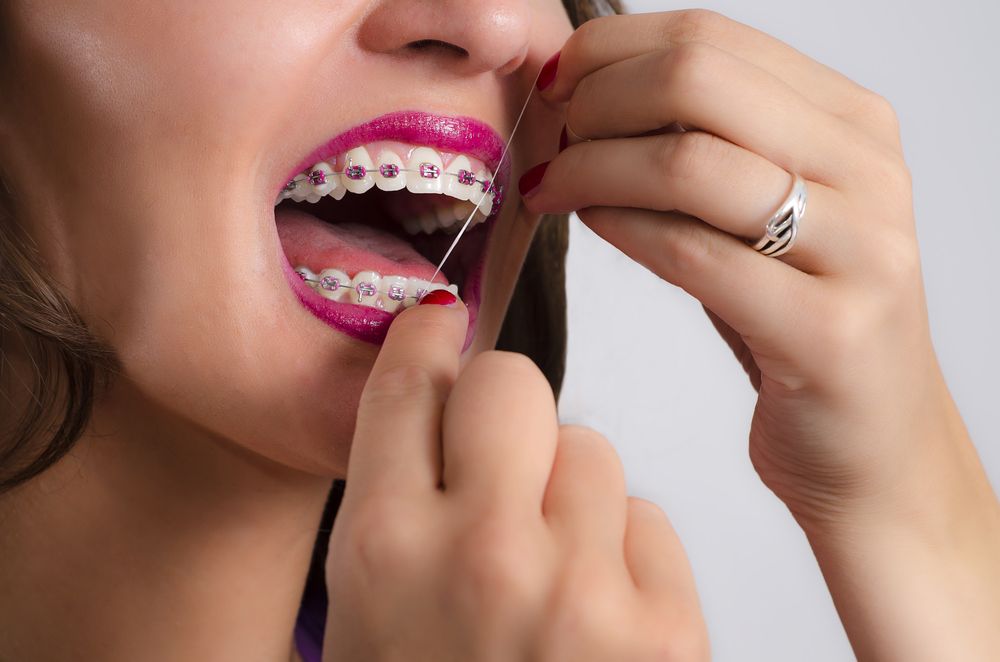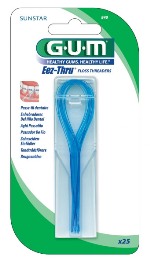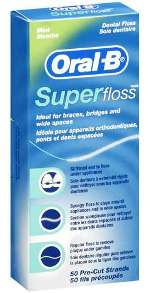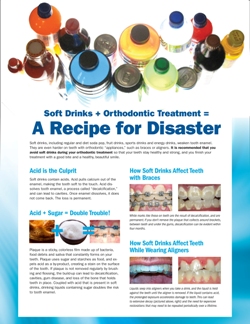Flossing Buddies For Braces
February 22nd, 2023

February is National Children's Dental Health Month, and the team at Bel Air Orthodontics want to remind everyone about the importance of good oral hygiene and the role it plays in the health of your teeth and the success of your orthodontic treatment.
Brushing for two minutes, two times a day is the golden rule when it comes to taking care of your teeth; but did you know that brushing alone isn't enough to keep your mouth clean and disease free? The gum tissue between your teeth where your toothbrush can't reach is prone to infection. That's why flossing regularly is just as essential to your overall health care as brushing. The American Dental Association (ADA) suggests flossing at least once a day to promote total oral health.
Flossing With Braces
Flossing is more important that ever when you're in orthodontic treatment. Braces can catch food and allow plaque to build up around them, increasing the risk of gum disease. Flossing removes plaque from the areas of your teeth that your toothbrush can't reach. If you don't remove this plaque, it can harden into tartar and lead to gum inflammation and disease. Fortunately there are products to help you successfully floss around and between your braces. Here are some handy helpers that make it easier to floss while you're in treatment:
Floss Threaders

A floss threader is the most common tool to help you floss with braces. Made of a special, rigid plastic, a threader works like a sewing needle to help you guide the floss under the archwire so that you can floss as usual. Here's how it works:
- Pull off 12 to 18 inches of your preferred dental floss.
- Insert one end of the dental floss about five inches into the loop of the threader.
- Pass the floss threader under or over the archwire.
- Remove the threader from the floss and floss gently back and forth and up and down into the gumline between the teeth.
- Repeat the process between each tooth.
Stiff-Ended Floss

Made with a bendable but rigid segment at its end, this special floss works much the same as a floss threader. Products such as Oral-B's Super Floss have three unique components—a stiffened-end dental floss threader, spongy floss and regular floss.
Simply maneuver the stiff end under the archwire of your braces, pull it through and floss as usual. All three flossing tools work together to give you maximum benefits.
Oral Irrigators
An oral irrigator, such as a Waterpik®, works by shooting a very fine jet of water between and around teeth to clear away plaque and food. This system can make cleaning around your braces much easier and more thorough. Dr. Godwin and the team at Bel Air Orthodontics highly recommend the use of an oral irrigator throughout your orthodontic treatment.
Regardless of the type flossing tool you use, make sure that you floss on a regular basis - at least once a day. Though flossing may add one more step to your daily routine, it's just as important to achieving a healthy smile as brushing. As always, let the team at Bel Air Orthodontics know if you have any questions about the best way to keep your teeth clean and healthy while you're in treatment.


